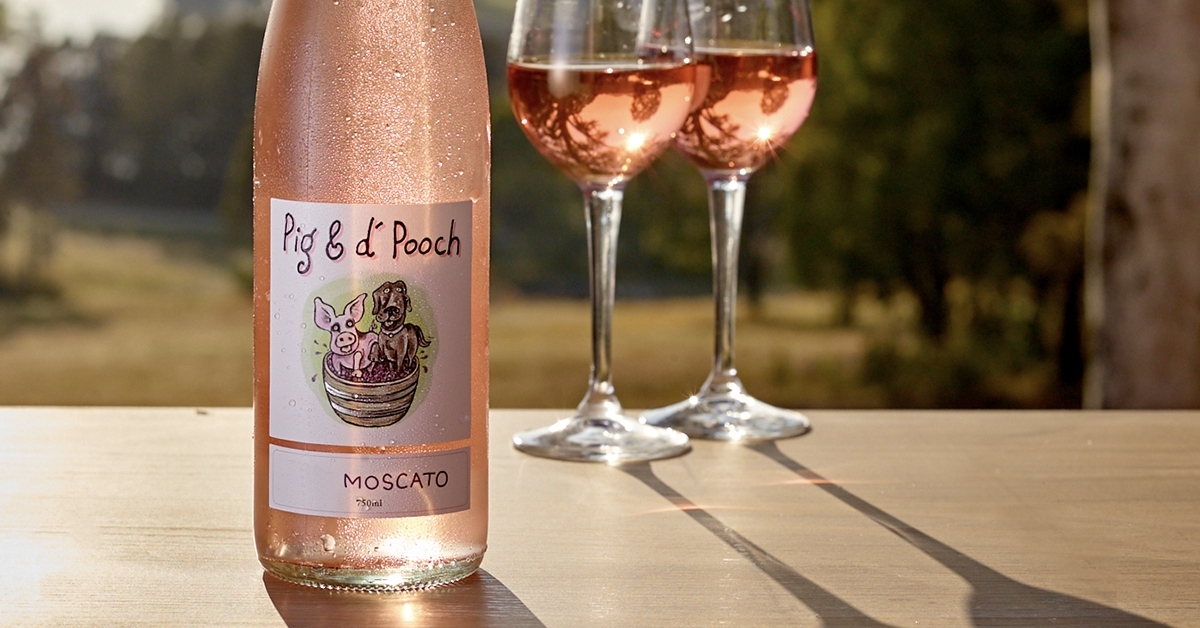According to TechSci Research report, “Global Moscato Wine Market – Industry Size, Share, Trends, Competition Forecast & Opportunities, 2029”, the global Moscato Wine market stood at USD 1.75 billion in 2023 and is anticipated to grow with a CAGR 11.38% in the forecast period, 2025-2029. The global Moscato wine market is characterized by its sweet and aromatic white wines, experiencing significant growth driven by changing consumer preferences and increasing disposable incomes. Moscato’s appeal extends across demographics, with premiumization, diversification of variants, and sustainability emerging as prominent trends. Europe, notably Italy, leads in production and consumption. Challenges include regulatory complexities and market saturation. Meanwhile, the market capitalizes on digitalization and online sales, offering a convenient platform for consumers. As Moscato continues to diversify and adapt to evolving trends, stakeholders navigate challenges and leverage opportunities to sustain and enhance its global market presence.
Browse over xx market data Figures spread through xxx Pages and an in-depth TOC on “Global Moscato Wine Market” – https://www.techsciresearch.com/report/moscato-wine-market/23048.htmlThe “Moscato Wine Market” constitutes a specialized segment within the broader wine industry, focusing on the production, distribution, and consumption of wines made from the Muscat grape variety, known for its distinctive aroma, sweetness, and light-bodied characteristics. Moscato wines are popular for their floral and fruity notes, making them appealing to a wide range of consumers, from casual drinkers to wine enthusiasts.Market Segmentation:
Type of Moscato Wine:
 Market Drivers:
Market Drivers:Increasing Popularity of Sweet Wines: Moscato wines, known for their sweetness and fruity flavor profile, have gained popularity among consumers who prefer sweeter wine styles. The growing trend towards sweet wines, particularly among younger demographics, is driving demand for Moscato wines.Versatility and Food Pairing Potential: Moscato wines’ versatility and ability to pair well with a variety of dishes, including spicy foods, desserts, and light appetizers, make them a popular choice for consumers seeking wines that complement different cuisines and occasions.Rise of Wine Culture: The global rise of wine culture, fueled by increasing consumer appreciation for wine and wine-related experiences, contributes to the growing demand for Moscato wines. Consumers are exploring different wine styles, including Moscato, as part of their wine journey.Influence of Social Media and Influencers: Social media platforms and wine influencers play a significant role in promoting Moscato wines to a broader audience. Influencers often highlight Moscato’s approachability, sweetness, and value, influencing consumer preferences and driving sales.Marketing and Branding Initiatives: Wine producers and brands invest in marketing and branding initiatives to position Moscato wines as accessible, fun, and suitable for various social occasions. Creative packaging, engaging marketing campaigns, and partnerships with influencers contribute to increased visibility and consumer interest.Demand for Light and Refreshing Wines: Moscato wines’ light-bodied and refreshing characteristics appeal to consumers seeking easy-drinking wines for casual consumption, social gatherings, and outdoor activities. As consumer preferences shift towards lighter wine styles, Moscato wines gain traction in the market.Cultural Significance and Tradition: Moscato wines, particularly Italian Moscato d’Asti, have cultural significance and are deeply rooted in tradition. The historical and cultural associations of Moscato wines contribute to their allure and popularity among consumers seeking authentic wine experiences.Innovation in Packaging and Formats: Wine producers innovate by offering Moscato wines in alternative packaging formats such as cans, tetra paks, and bag-in-box, catering to consumer preferences for convenience, portability, and sustainability.
